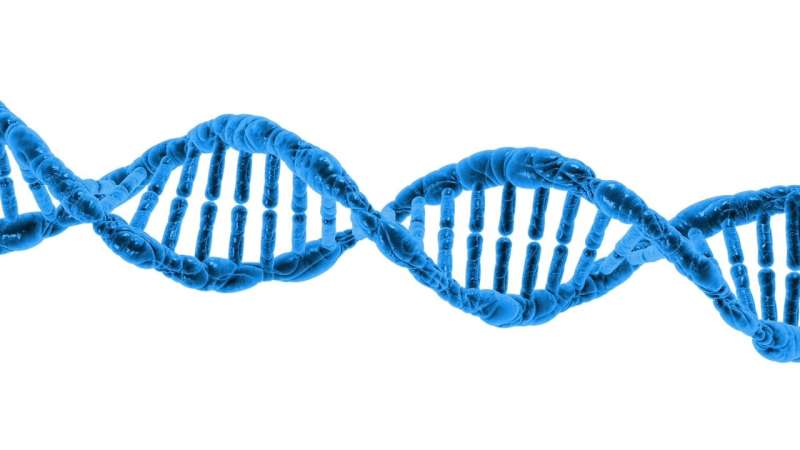Probing DNA damage repair

Cells missing the protein HMCES are hypersensitive to DNA-damaging agents that cause a common type of DNA lesion—an "abasic" site. But the agents also generate other types of lesions associated with mutations and cell lethality, making it unclear whether HMCES responds to abasic sites in cells.
David Cortez, Ph.D., and colleagues previously discovered the DNA repair mechanism initiated by HMCES. Now, the investigators have used the enzyme APOBEC3A, which introduces abasic sites into replicating DNA, to directly explore a role for HMCES.
They found that HMCES-deficient cells are hypersensitive to nuclear APOBEC3A. They further showed that HMCES protects abasic sites from being converted into mutagenic breaks in the DNA and that it maintains progression of the DNA replication machinery.
The findings, published June 2 in Cell Reports, provide direct evidence that HMCES responds to abasic sites in single-stranded DNA and shields the sites of damage to avoid mutations and maintain genome integrity.
More information: Kavi P.M. Mehta et al. HMCES Maintains Replication Fork Progression and Prevents Double-Strand Breaks in Response to APOBEC Deamination and Abasic Site Formation, Cell Reports (2020). DOI: 10.1016/j.celrep.2020.107705
Journal information: Cell Reports
Provided by Vanderbilt University





















